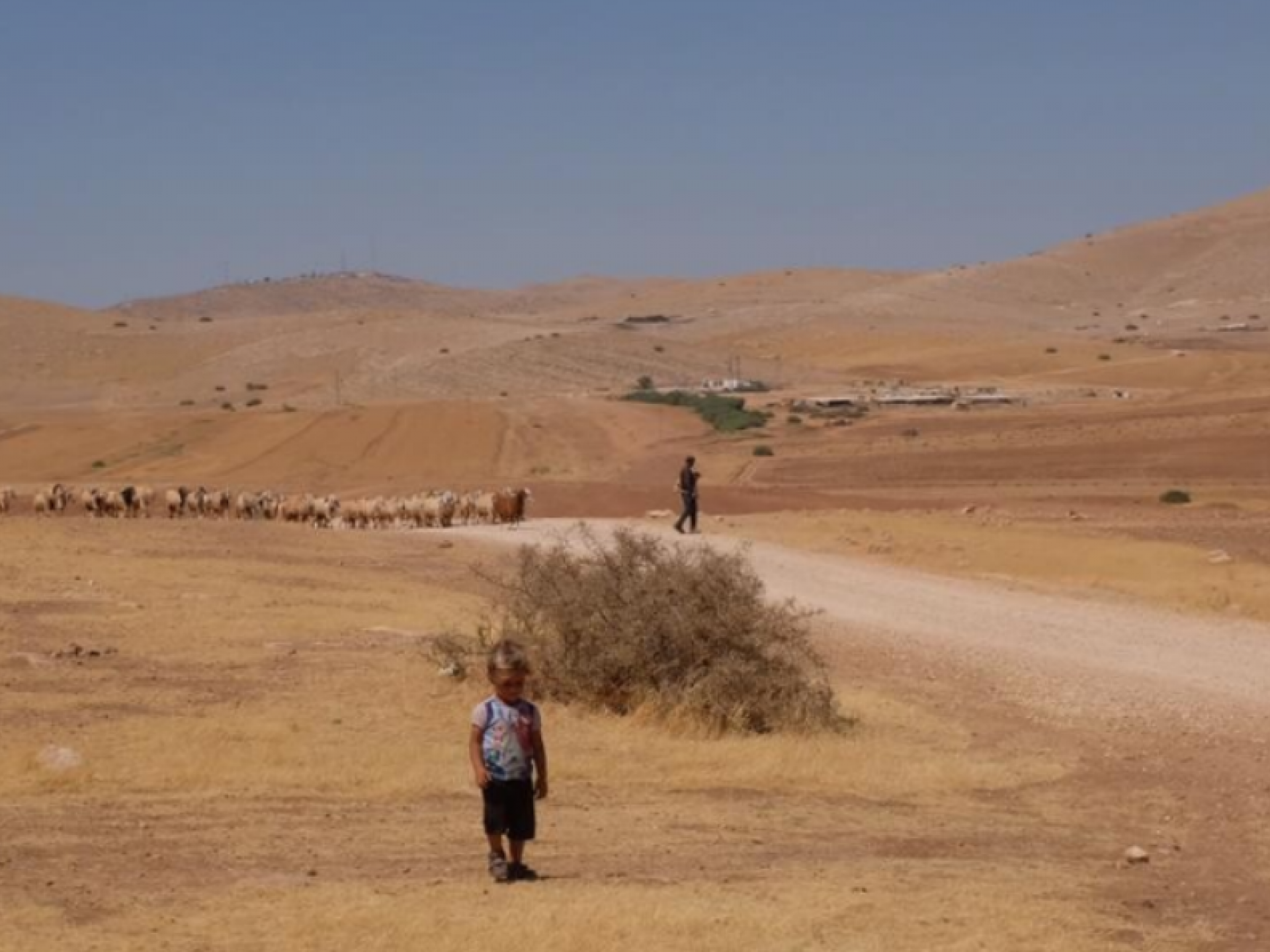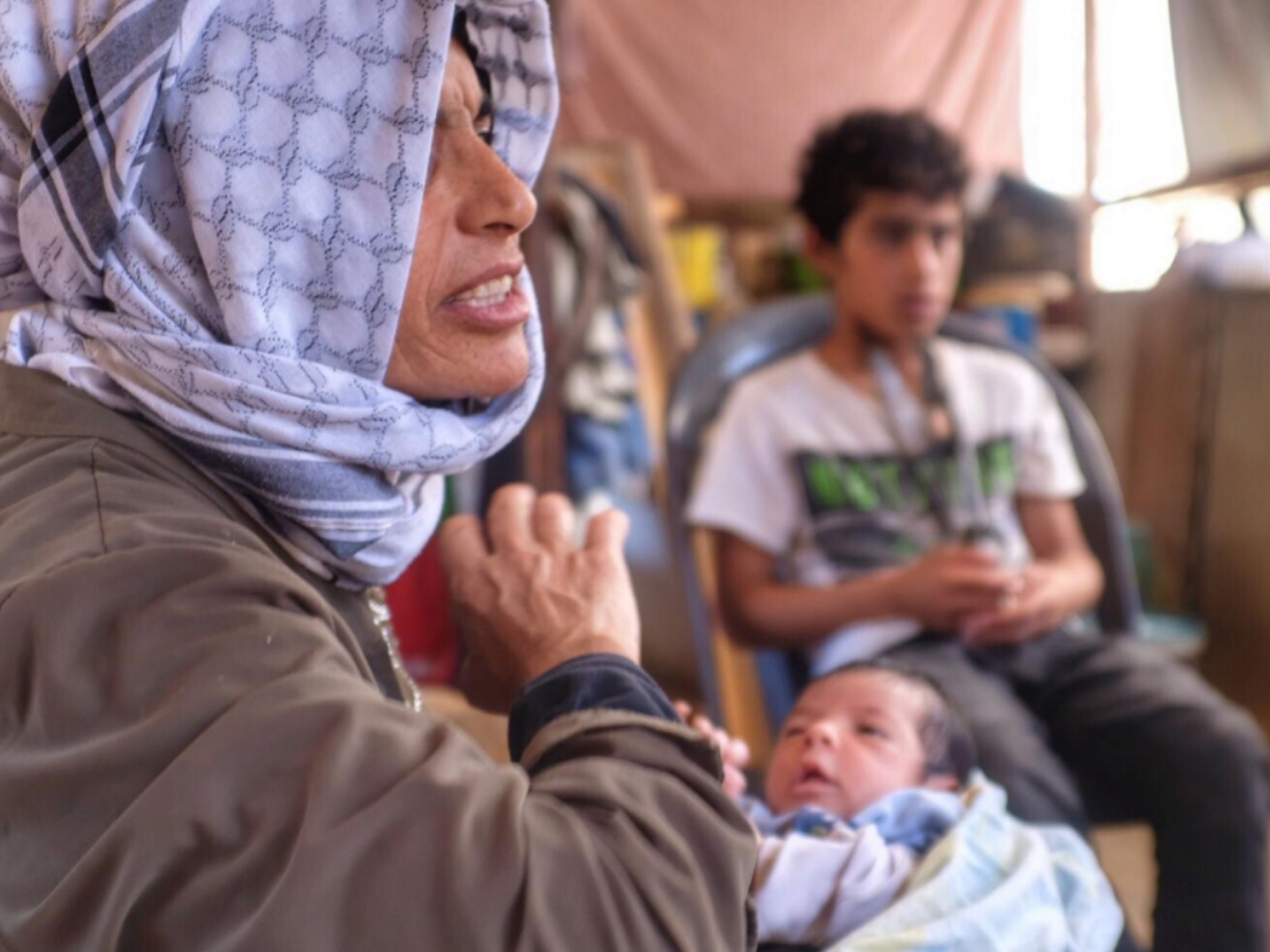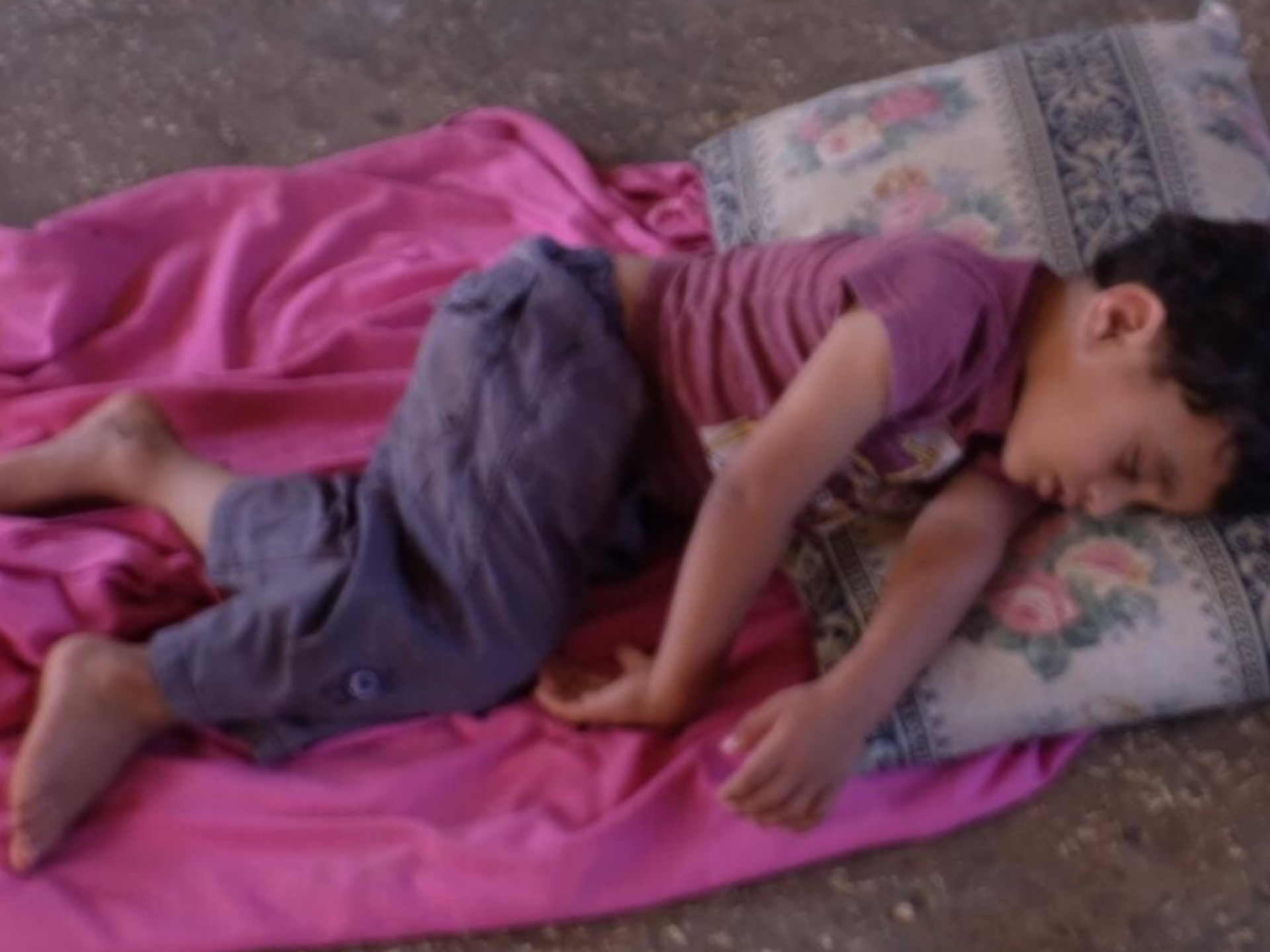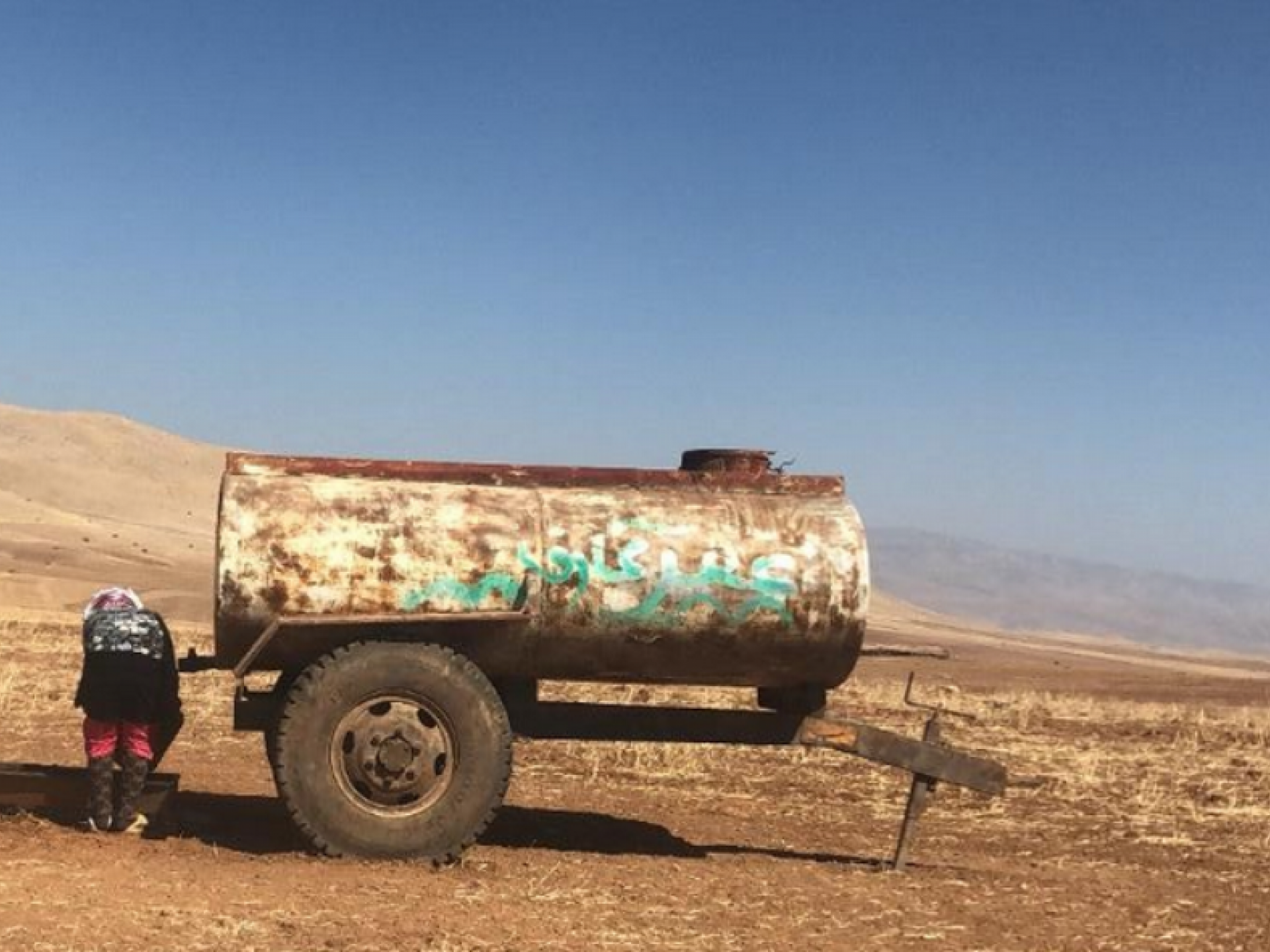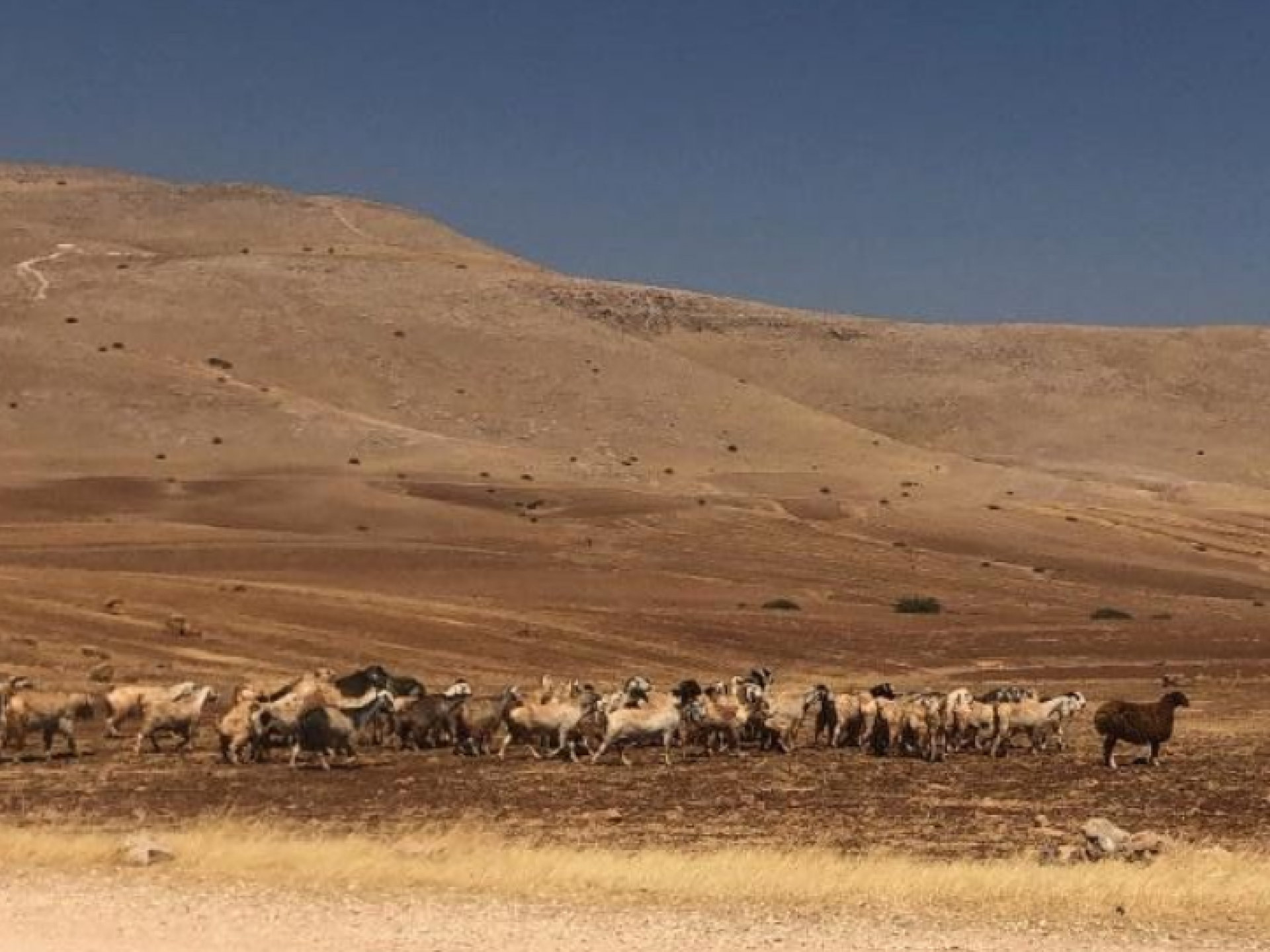What is happening in Humsa after the recent demolitions?
The Humsa villagers have all relocated to the border of the ‘firing zone’, but outside it. They hope thus to satisfy the demands of the Civil Administration to stay out of the firing zone. But the C/A arrives every day and threatens to demolish there, too. The villagers are very frightened. I spoke with Attorney Tawfiq Jabarin who said he has obtained a court injunction delaying demolitions until the court session in this case in December 2021.
to stay out of the firing zone. But the C/A arrives every day and threatens to demolish there, too. The villagers are very frightened. I spoke with Attorney Tawfiq Jabarin who said he has obtained a court injunction delaying demolitions until the court session in this case in December 2021.
Everyone is asking me for cell phones, and since they have no electricity (the army stole their solar panel that was a source of some power) they also need backup chargers for cell phones that get charged by the sun.
Falastin asked me to driver her to the demolished Humsa site in order to bring things she had hidden from the army, about a kilometer from her present dwelling. When she entered the my car she discovered the air conditioning, held her sun-burnt face in the cool air and took deep breaths, as if accumulating some coolness for later on. Before getting out, she said, “Perhaps I should drive with you to Tel Aviv? I don’t want to get away from this air conditioning…” It was 40 degrees centigrade outside in the shade, but no shade to be found.
We drove to the empty spot where, until one week ago, about 100 people had lived. Falastin ran around the hills raising pieces of cloth, tin sheets, anything that can be hidden, and brought a rusty barbecue, a jerrycan without a stop, a pair of flip-flops, a chair, and some shiny prayer rugs.
Outside the firing zone there are now 3 encampments – one belonging to the Awawda family (the father and his 2 sons and their families), the second to Harbi’s brothers, and the third to the sons and daughters-in-law of Aisha.
On our way out, we saw one of the women crossing a field towards a water tank standing about 500 meters from the encampment. She was dragging a huge jerrycan. We crossed the plowed field in my car and she was done filling the jerrycan we lifted it together into the car. I don’t see how she would have carried such weight (about 50 kilos) all the way back. 6 times a day she walks to the distant water tank and brings water. The villagers have placed the tank far away for fear that the army would confiscated it too, just as it did with the plastic water tanks.
Further along the track to Humsa we met (for the 3rd time since it was demolished) a settler-colonist with long side-curls in a beaten-up blue car. The villagers say that settler-colonists come to Humsa often, stand at a safe distance and take photos. Are they already drooling over the place and is that the reason that the Israeli army is so anxious to kick out the original inhabitants?
Before our visit at Humsa we visited the Fasail springs, and met two young Palestinian shepherds there. They were very scared for not far away stood two Israeli civilian cars, one belonging to the Nature and Parks Authority. A bit further we met a long shepherd living on a hill bear the springs, because 5 years ago Israelis came and demolished his tent in Wadi Kelt, so now he lives here alone, without any facilities. He says that the settler-colonist above (from the ‘Angels of Peace’ outpost) forbids him to graze his flock on the hill south of the spring, while the Parks authority forbids him to descend to the spring with the sheep. What has he got left?
We also visited the Bardala pumps, the spring at En Al Hilwa, and Makhoul. We saw najiah who 2 weeks ago gave birth to a baby girl and is already working full steam. We also visited with Burhan.
girl and is already working full steam. We also visited with Burhan.

